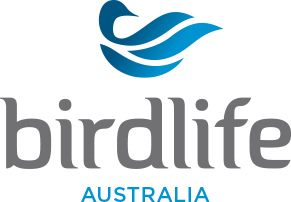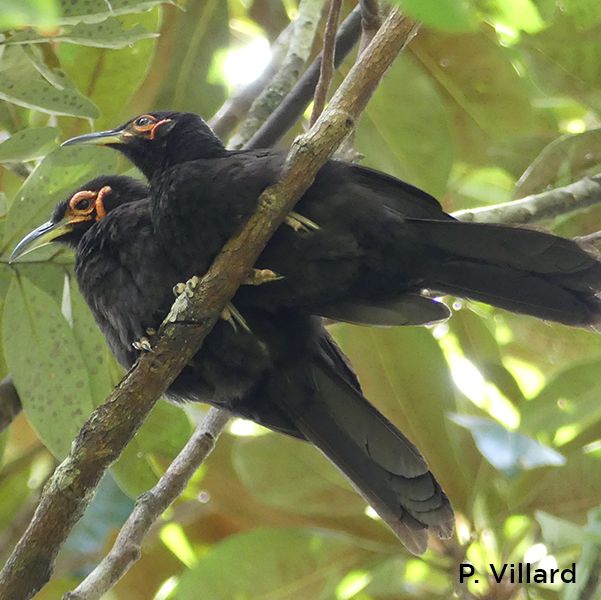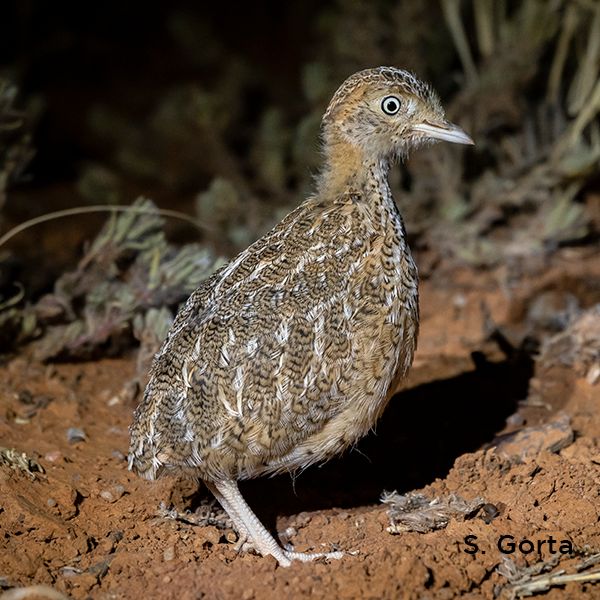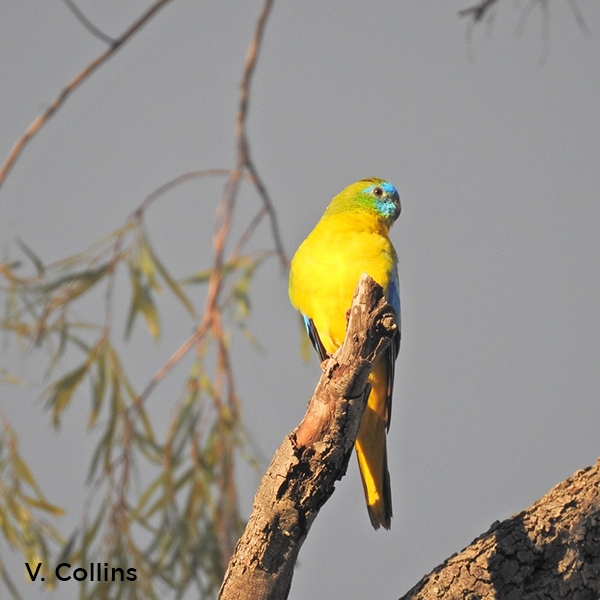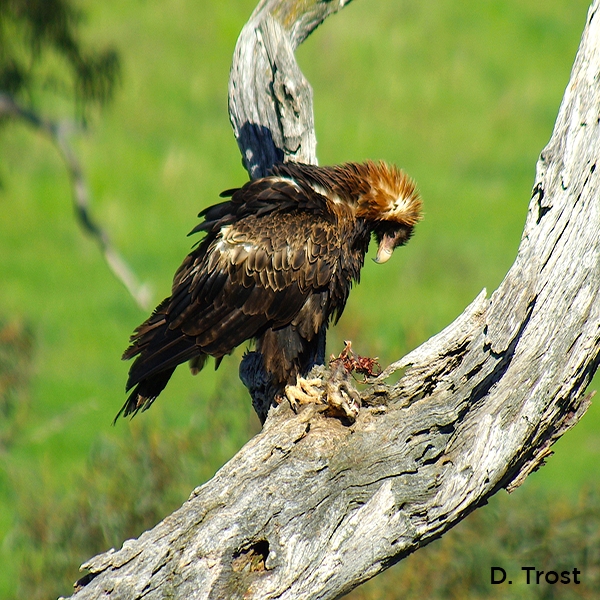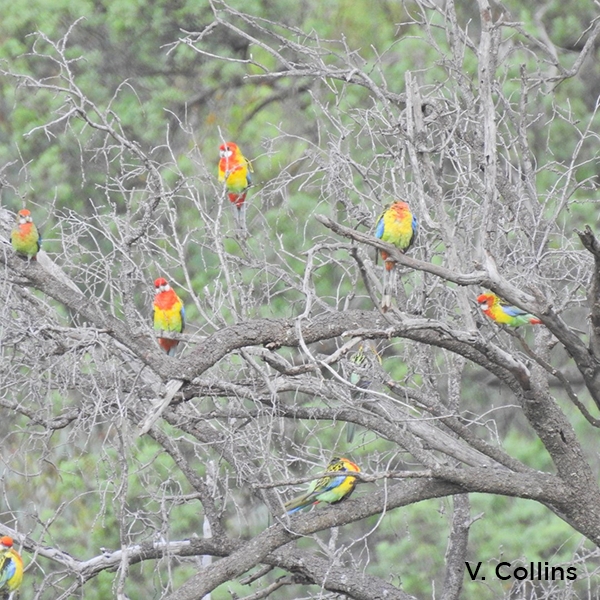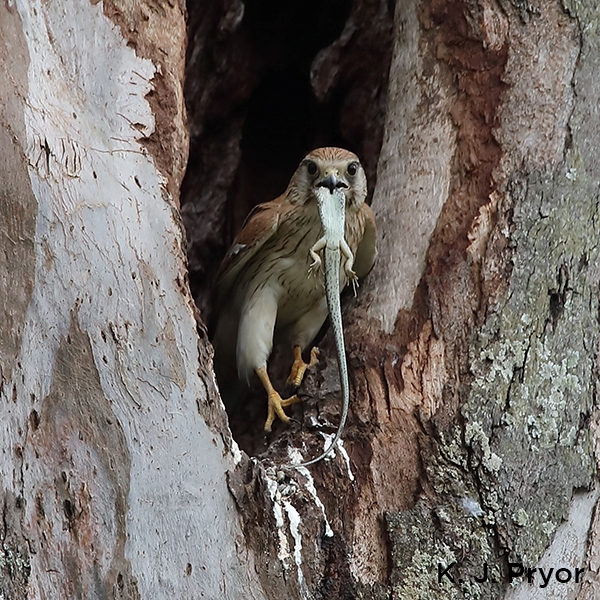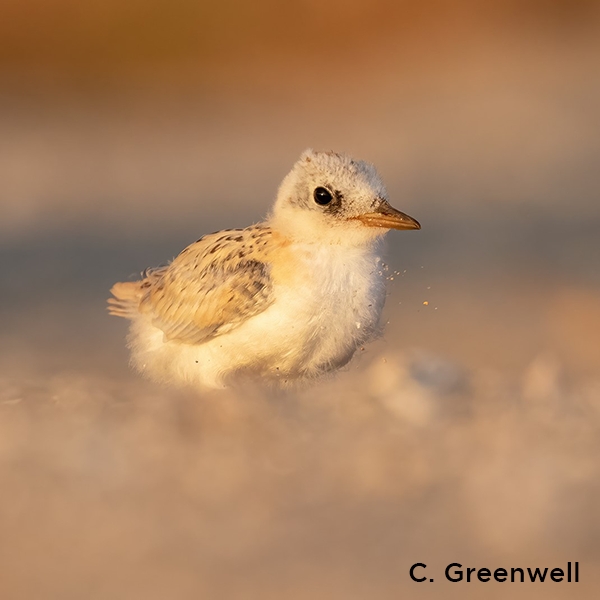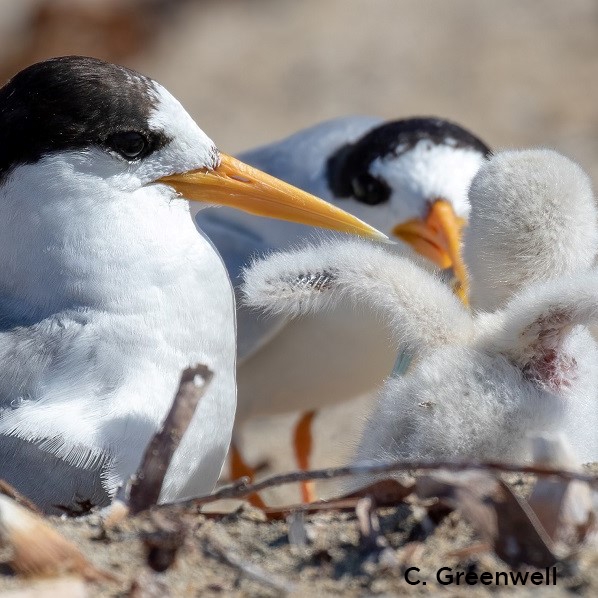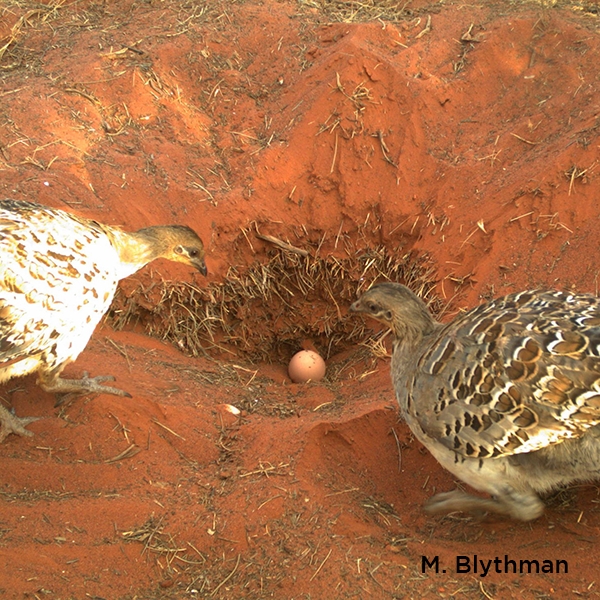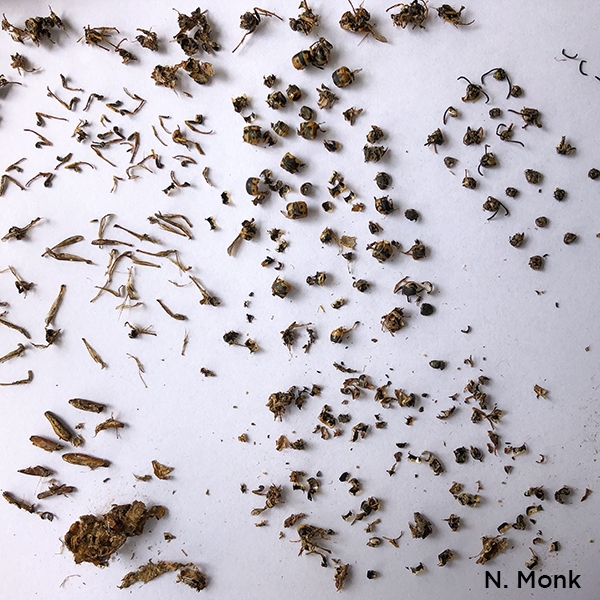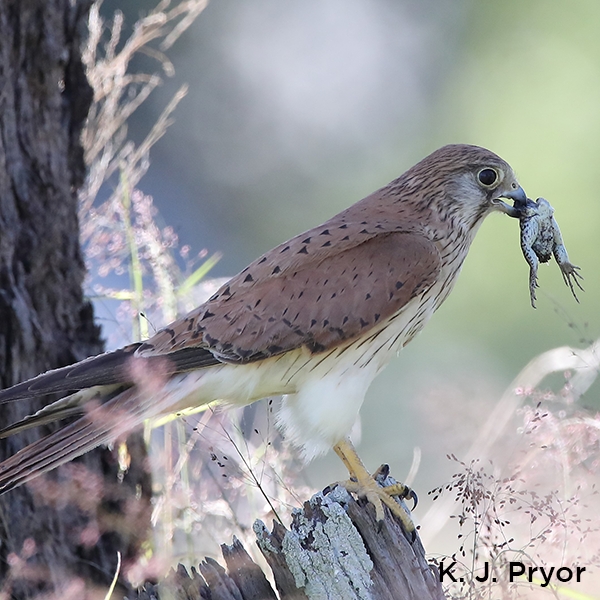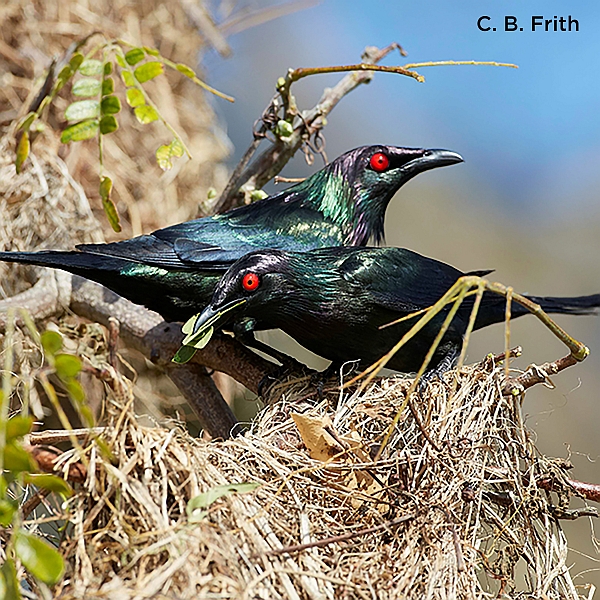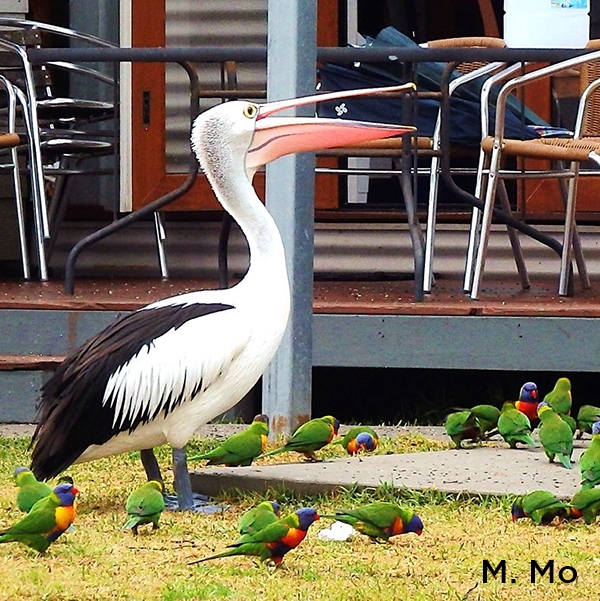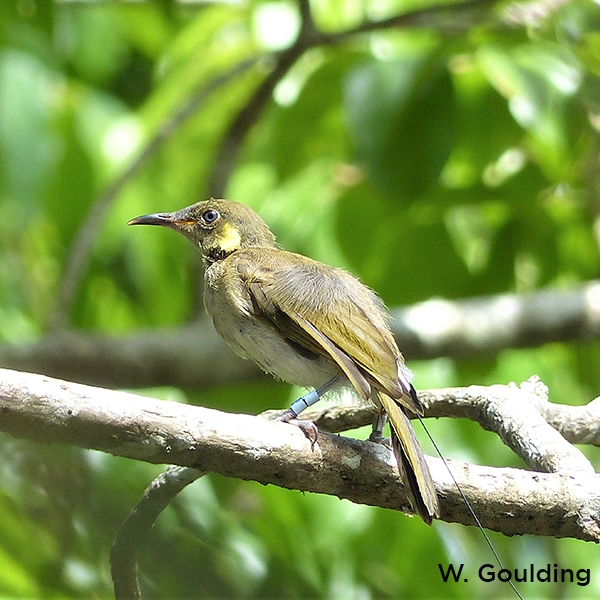Habitat associations of the Southern Squatter Pigeon Geophaps scripta scripta in Queensland
Penn Lloyd, Elizabeth R. Williams, Chris Hansen, John M. van Osta, Lindsay M. Agnew, Mark M. Sanders, Edward A. Meyer, Steve M. Marston, Simon M. Danielsen, Brad Dreis
Abstract
The characteristics of habitats preferred by the southern subspecies of Squatter Pigeon Geophaps scripta scripta remain poorly understood. We intersected high-precision records of Southern Squatter Pigeon occurrences and nests with various environmental spatial datasets and measured ground vegetation cover in a subset of vegetation communities associated with records to characterise the habitat associations of this subspecies across its range in Queensland. Southern Squatter Pigeons showed a preference for alluvial plain landforms but also used a range of other landform types. Similarly, most nest records were on alluvial plains. Southern Squatter Pigeons were associated with gentle slopes averaging 0.64–2.36° in all land zones, with 95% of records on slopes <3.3°. They were mostly recorded in eucalypt woodlands, particularly those dominated by Reid River Box Eucalyptus brownii or Poplar Box E. populnea, Narrow-leaved Red Ironbark E. crebra or Queensland Grey Ironbark E. drepanophylla, Silver-leaved Ironbark E. melanophloia, and River Red Gum E. camaldulensis or Forest Red Gum E. tereticornis. The records were located an average distance of 496 ± 554 m from the nearest perennial water source and 95% were within 1.7 km of a perennial water source. Nests were located 245 ± 214 m from a perennial watersource. Average ground vegetation cover in remnant or high-value regrowth communities inhabited by Southern Squatter Pigeons ranged between 24% and 73%.
